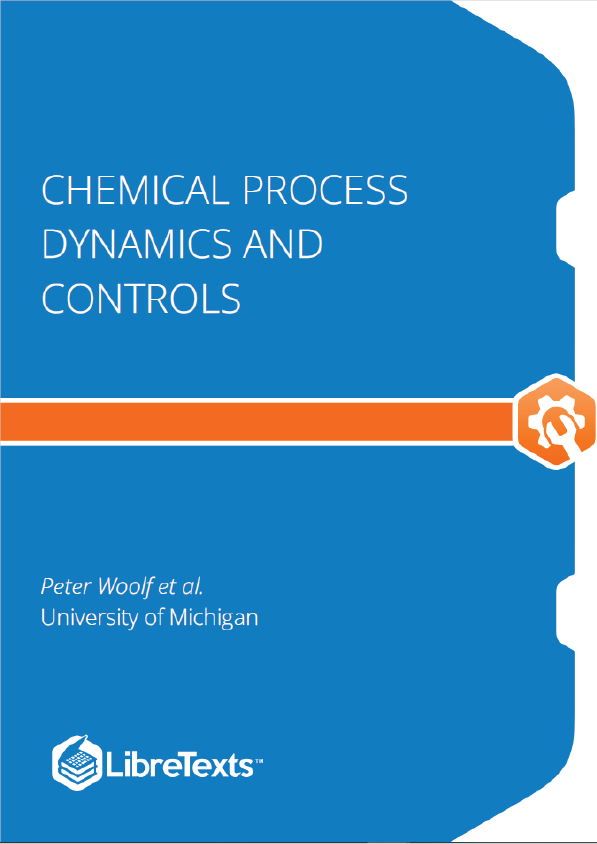INTRODUCTION
Process controls is a mixture between the statistics and engineering discipline that deals with the mechanism, architectures, and algorithms for controlling a process. Some examples of controlled processes are:
- Controlling the temperature of a water stream by controlling the amount of steam added to the shell of a heat exchanger.
- Operating a jacketed reactor isothermally by controlling the mixture of cold water and steam that flows through the jacket of a jacketed reactor.
- Maintaining a set ratio of reactants to be added to a reactor by controlling their flow rates.
- Controlling the height of fluid in a tank to ensure that it does not overflow.
To truly understand or solve a design problem it is necessary to understand the key concepts and general terminology. The paragraphs below provide a brief introduction to process controls as well as some terminology that will be useful in studying controls. As you begin to look at specific examples contained here, as well as elsewhere on the wiki, you will begin to gain a better grasp on how controls operate and function as well as their uses in industry.
PROCESS CONTROL BACKGROUND
The role of process control has changed throughout the years and is continuously shaped by technology. The traditional role of process control in industrial operations was to contribute to safety, minimized environmental impact, and optimize processes by maintaining process variable near the desired values (1). Generally, anything that requires continuous monitoring of an operation involve the role of a process engineer. In years past the monitoring of these processes was done at the unit and were maintained locally by operator and engineers. Today many chemical plants have gone to full automation, which means that engineers and operators are helped by DCS that communicates with the instruments in the field.
What are the benefits of Process Control?
The benefits of controlling or automating process are in a number of distinct area in the operation of a unit or chemical plant. Safety of workers and the community around a plant is probably concern number one or should be for most engineers as they begin to design their processes. Chemical plants have a great potential to do severe damage if something goes wrong and it is inherent the setup of process control to set boundaries on specific unit so that they don’t injure or kill workers or individuals in the community.











